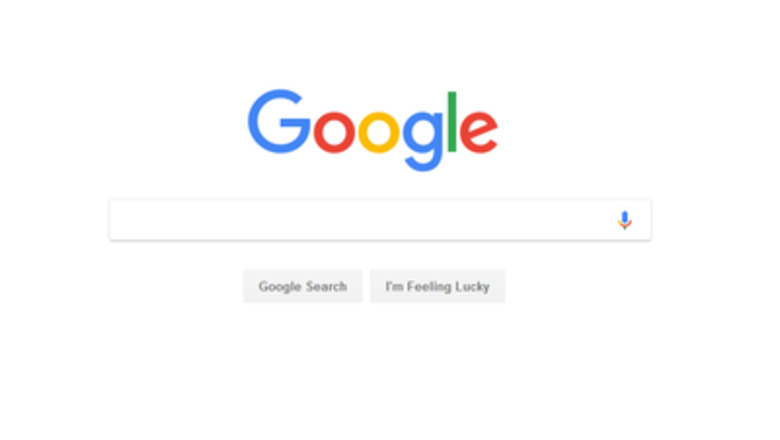
views
Enabling SafeSearch on Google
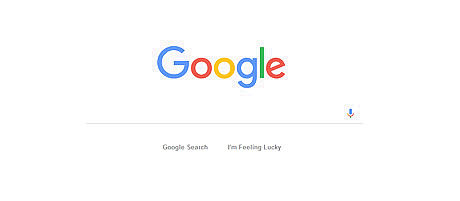
Go to Google Home. Open www.google.com in your browser. If you are in the search results, click on the Google logo to open Google Home page. If you aren't signed in, sign in with your account.
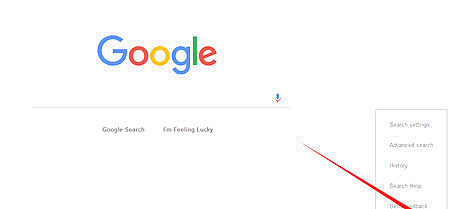
Open the Google Search settings. Click on the Settings from the bottom of the page and select “Search settings” from the list.
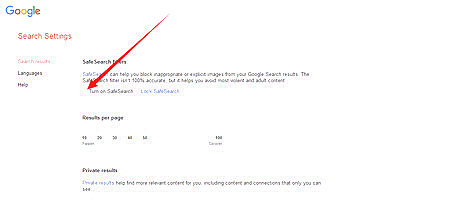
Turn on SafeSearch. Under “SafeSearch filters”', check the "“Turn on SafeSearch” box.

Scroll down to the bottom. Click on the Save button to finish. Note that saved settings are available whenever you sign in.
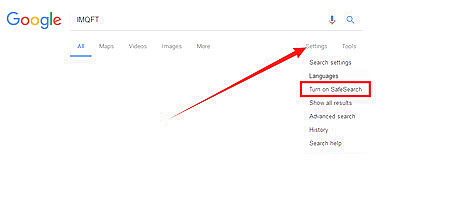
Directly turn off or on SafeSearch from the search results if desired. Click on Settings at the top and select Turn on SafeSearch from the list.
Enabling Safe Search on Bing
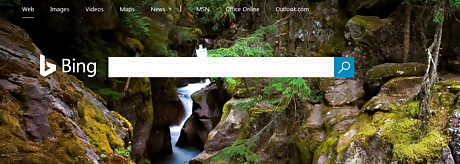
Go to Bing. Visit www.bing.com in your browser. Sign-in isn't required.
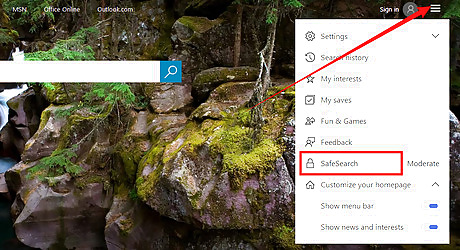
Open the menu. Click on the ☰ icon from the right corner and select SafeSearch Moderate.
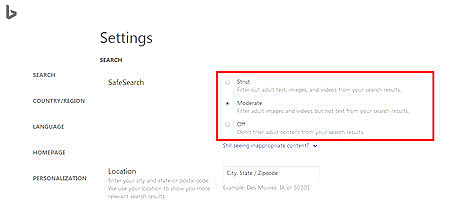
Under “SafeSearch”, select your desired option. Select one option from there. Strict. Filter adult text, images and videos from your search results. Moderate. Filter adult images and videos but not text from your search results. Off. Don’t filter adult content from your search results.
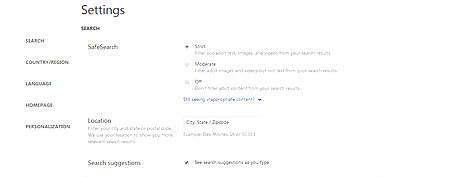
Save your settings. Click on Save to save your changes. You must enable cookies for this setting.
Enabling Restricted Mode on YouTube
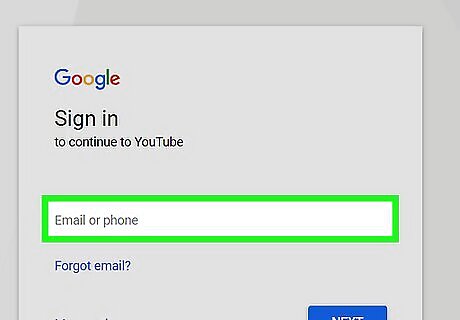
Go to YouTube. Visit www.youtube.com in your browser. Login isn't required.

Scroll down to th bottom. Click on the Restricted Mode: Off button near the History option.

Turn on Restricted Mode. Mark on the on and click on the Save button to change your settings. Note that your Restricted Mode setting will apply to the current browser only. When the restricted mode is enabled on YouTube, you can't see videos containing potentially mature content like: Drugs and alcohol Sexual situations Violence Mature subjects Profane and mature language


















Comments
0 comment